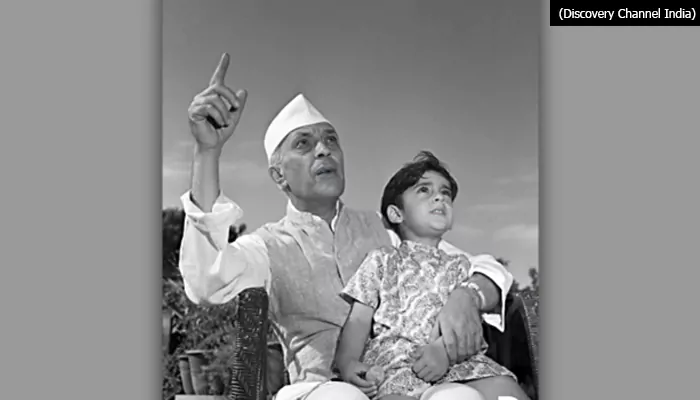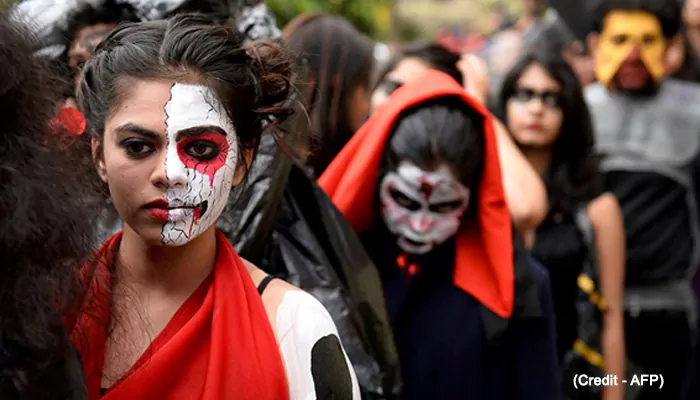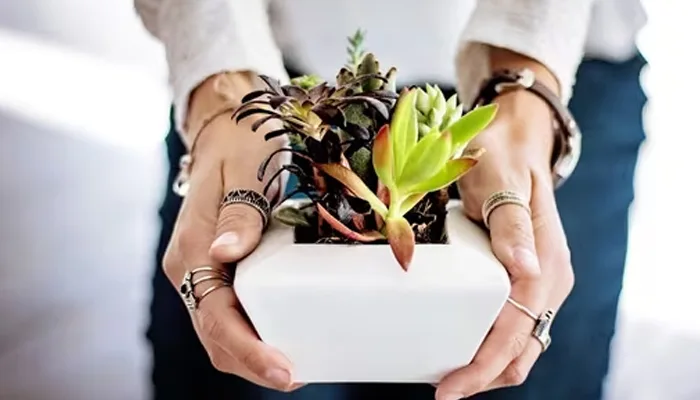World Diabetes Day : Plate Design, Not Willpower - Guide to Practical Indian Thalis for Sugar Control
- Admin
- 3 days ago
- 4 minutes read
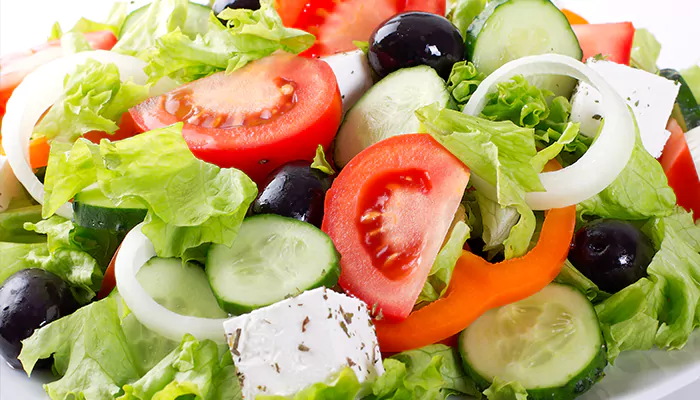
Sometimes, it’s not about fighting cravings with grit but about serving up smart, satisfying plates that quietly keep sugar in check.
What if I told you that managing diabetes isn’t just about sheer determination or avoiding sweets entirely? We often hear, “just say no,” but life’s a tad more complex - especially in India, where food is culture, celebration, and comfort all rolled into one. This World Diabetes Day, the spotlight shifts to a more doable, less daunting hero: the plate you fill.
The Game Changer: Why Plate Design Matters More Than Iron Will
Diabetes, particularly in India, is no stranger. WHO data reveals around 77 million adults live with diabetes in India, while nearly 25 million are pre-diabetic. This is a staggering figure that reminds us managing blood sugar involves everyday choices, not just meds or tough luck. The global campaign this year, “Diabetes and Well-being,” nudges us to think beyond willpower, urging smarter food structuring, especially at mealtimes.

The Scenario of Diabetes in India
(The United Indian)
Simply put, your plate is a canvas. How you paint it - colors, portions - can support your blood sugar rather than sabotage it. This isn’t about deprivation. It’s about balance, visual cues, and tiny swaps that pack a punch.
Meet the Indian Diabetes Plate Method: A Tradition Remodeled
Imagine your usual thali reimagined. The plate method divides it into three essential zones:
- Half the plate overflows with non-starchy vegetables - think crunchy spinach, bell peppers, tomatoes, or the humble bitter gourd that many shy away from but packs a diabetes-fighting punch.
- One-quarter embraces whole grains - brown rice, millets like ragi or bajra, or wholesome chapatis made from whole wheat or millet flours.
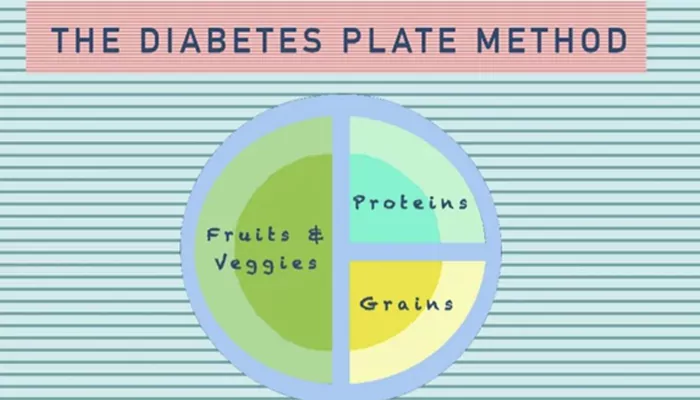
(@sugar.fit)
- For the final quarter we have Lean proteins - lentils (dal), chickpeas, rajma, paneer, fish, or chicken. This piece is vital to slow digestion and steady sugar levels.
- Add a cup of curd or buttermilk for probiotics - an Indian staple that many overlook but that can help with blood sugar balance and gut health.
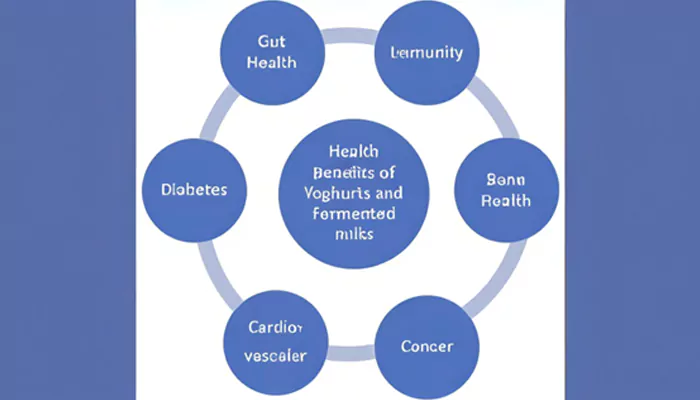
(mdpi)
“Desi” Secrets That Sneak Sugar Control Into Your Thali
Beyond portions, certain Indian culinary customs beautifully complement the diabetes plate concept. For instance:
- Spices aren’t just flavor boosters; cinnamon, fenugreek seeds soaked overnight, and turmeric are time-honored allies in sugar regulation
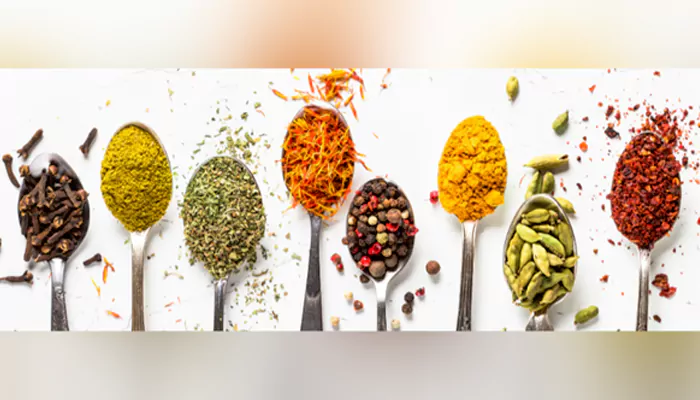
- Fiber-rich whole foods stabilize blood sugar spikes better than their refined cousins. Swap that polished white rice for millets or quinoa, and you'll thank your pancreas later.
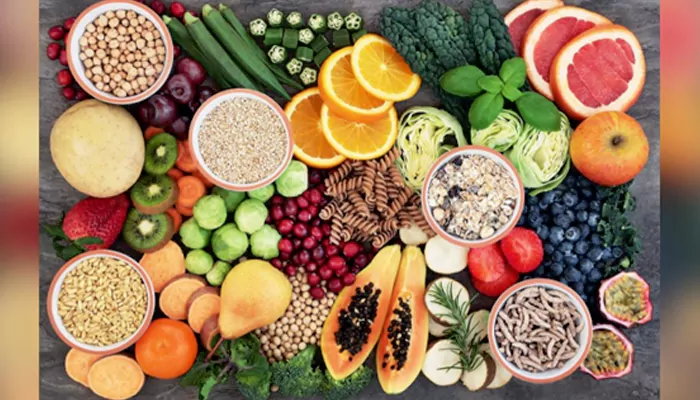
- Rejecting sugary drinks in favor of khus sherbet, infused waters like jeera or tulsi water, or simply homemade chaas (buttermilk) keeps hydration pure and blood sugar steady.
Why Mindful Bites Matter, And Not Just What Hits the Plate
Ever heard the saying, “Eat to live, don’t live to eat”? Easier said than done, but there’s wisdom here. Mindful eating - savouring food, chewing slowly, and eating without distractions - may not sound glamorous, but it’s a game-changer for sugar control and digestion. In a country obsessed with quick meals and multitasking dinner tables, slowing down might just be the rebellion we need.

(Plant Centered Nutrition)
Real Impact, Real Change
Adopting the diabetes plate method in Indian diets isn’t just theory. Studies show that visual and portion guidance directly improve blood glucose control, reduce overeating, and promote sustainable eating habits. Plus, it’s flexible enough for regional preferences, so your Punjabi feast can still shine alongside a healthy plate design.
World Diabetes Day beckons you to ask: how can my plate serve me better? The answer lies in portion sense, fresh ingredients, and a pinch of patience. This thrice-daily ritual becomes less about restriction and more about rediscovery - of taste, tradition, and thriving with diabetes rather than battling it.

